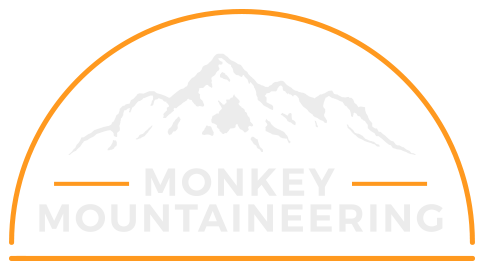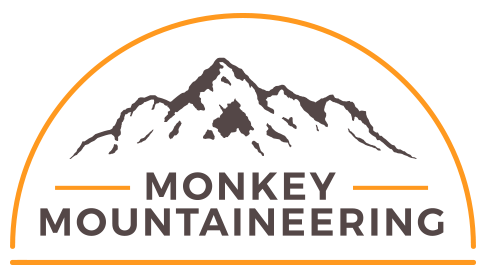The Mountains
First climbed in 1889 by the German Geography Professor Hans Meyer and Austrian Mountaineer Ludwig Purtscheller and located just 200 miles south of the equator in Tanzania, Kilimanjaro is the highest free-standing mountain in the world and the highest mountain on the African continent.
Rising to 5895m above sea level and roughly 4900m above its base, Kilimanjaro is iconic and rightly deserves its place on many people’s bucket list. The mountain itself is a dormant stratovolcano with three separate cones or summits: Mawenzi, Shira and the highest, Kibo.
Climbing Kilimanjaro is truly memorable, not only does it provide you with awesome views from the roof of Africa, the journey to get there is also rightly special, taking you through various climatic zones from lush green rainforest on the lower slopes up through alpine desert and into the arctic towards the summit.

